Genus Panthera || The big cats genus! 3,5
Panthera is a genus within the family Felidae that was named and described by Lorenz Oken in 1816 who placed all the spotted cats in this group. Reginald Innes Pocock revised the classification of this genus in 1916 as comprising the species tiger (P. tigris), lion (P. leo), jaguar (P. onca), and leopard (P. pardus) on the basis of common cranial features. Results of genetic analysis indicate that the snow leopard (formerly Uncia uncia) also belongs to the Panthera (P. uncia), a classification that was accepted by IUCN Red List assessors in 2008.
The tiger, lion, leopard, and jaguar are the only cat species with the anatomical structure that enables them to roar. The primary reason for this was formerly assumed to be the incomplete ossification of the hyoid bone. However, new studies show the ability to roar is due to other morphological features, especially of the larynx. The snow leopard does not roar. Although its hyoid bone is incompletely ossified, it lacks the special morphology of the larynx.
In Panthera species, the dorsal profile of the skull is flattish or evenly convex. The frontal interorbital area is not noticeably elevated, and the area behind the elevation is less steeply sloped. The basicranial axis is nearly horizontal. The inner chamber of the bullae is large, the outer small. The partition between them is close to the external auditory meatus. The convexly rounded chin is sloping. All Panthera species have an incompletely ossified hyoid bone. Specially adapted larynx with proportionally larger vocal folds are covered in a large fibro-elastic pad. These characteristics enable all Panthera species except snow leopard to roar. Panthera species can prusten, which is a short, soft, snorting sound; it is used during contact between friendly individuals. The roar is an especially loud call with a distinctive pattern that depends on the species.
-
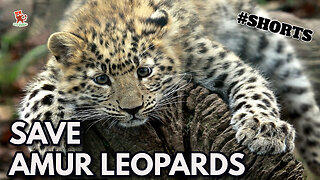 0:58
0:58
Eco Snooki
1 year agoThe World's RAREST big cat
11 -
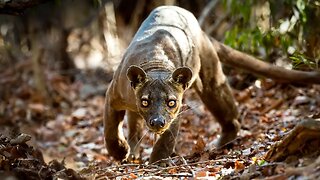 8:01
8:01
BeastFlix
10 months agoFOSSA - Deadly Carnivorous Cat From Madagascar
16 -
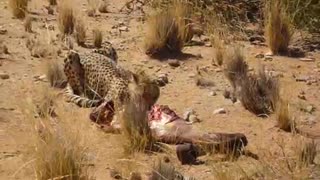 1:30
1:30
NataliaCara
5 years agoRescued cheetah shows what it means to be a carnivore
2026 -
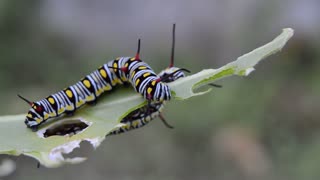 0:22
0:22
wisam2021
3 years agoCaterpillar, beautiful insect . Wildlife
1492 -
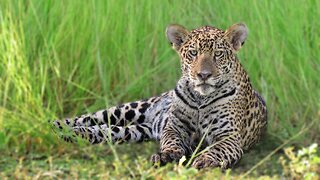 0:40
0:40
NataliaCara
1 year agoEncountering a beautiful jaguar cub in the wild!
5801 -
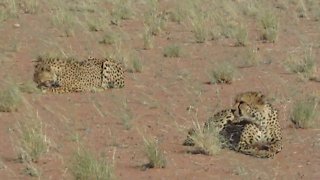 1:29
1:29
NataliaCara
5 years agoBeautiful rescued Cheetahs
481 -
 1:29
1:29
NataliaCara
1 year agoCuteness overload: rescue cat and orphaned fur seal have to share their caretaker
389 -
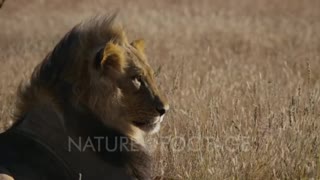 0:17
0:17
Bos
3 years agoLeo (Panthera)
381 -
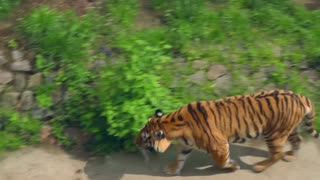 1:19
1:19
Cryptostreets
1 month agoShattering Myths: Bengal Cats’ Wild Appearance From Domestic DNA
21 -
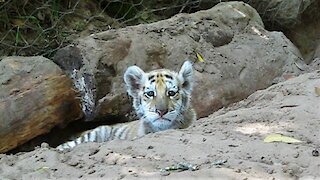 0:59
0:59
NataliaCara
4 years agoRare golden tiger cub looks extremely cute!
17K17